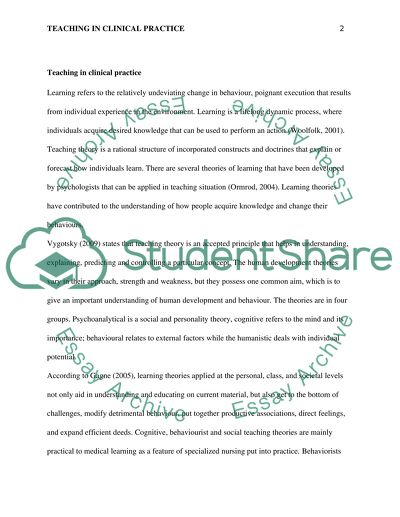Cite this document
(“Teaching in clinical practice Essay Example | Topics and Well Written Essays - 3000 words”, n.d.)
Retrieved from https://studentshare.org/health-sciences-medicine/1395737-teaching-in-clinical-practice
Retrieved from https://studentshare.org/health-sciences-medicine/1395737-teaching-in-clinical-practice
(Teaching in Clinical Practice Essay Example | Topics and Well Written Essays - 3000 Words)
https://studentshare.org/health-sciences-medicine/1395737-teaching-in-clinical-practice.
https://studentshare.org/health-sciences-medicine/1395737-teaching-in-clinical-practice.
“Teaching in Clinical Practice Essay Example | Topics and Well Written Essays - 3000 Words”, n.d. https://studentshare.org/health-sciences-medicine/1395737-teaching-in-clinical-practice.


